Enter the Mulberry Tree and Fly Free Palestinian
Comics Revealed
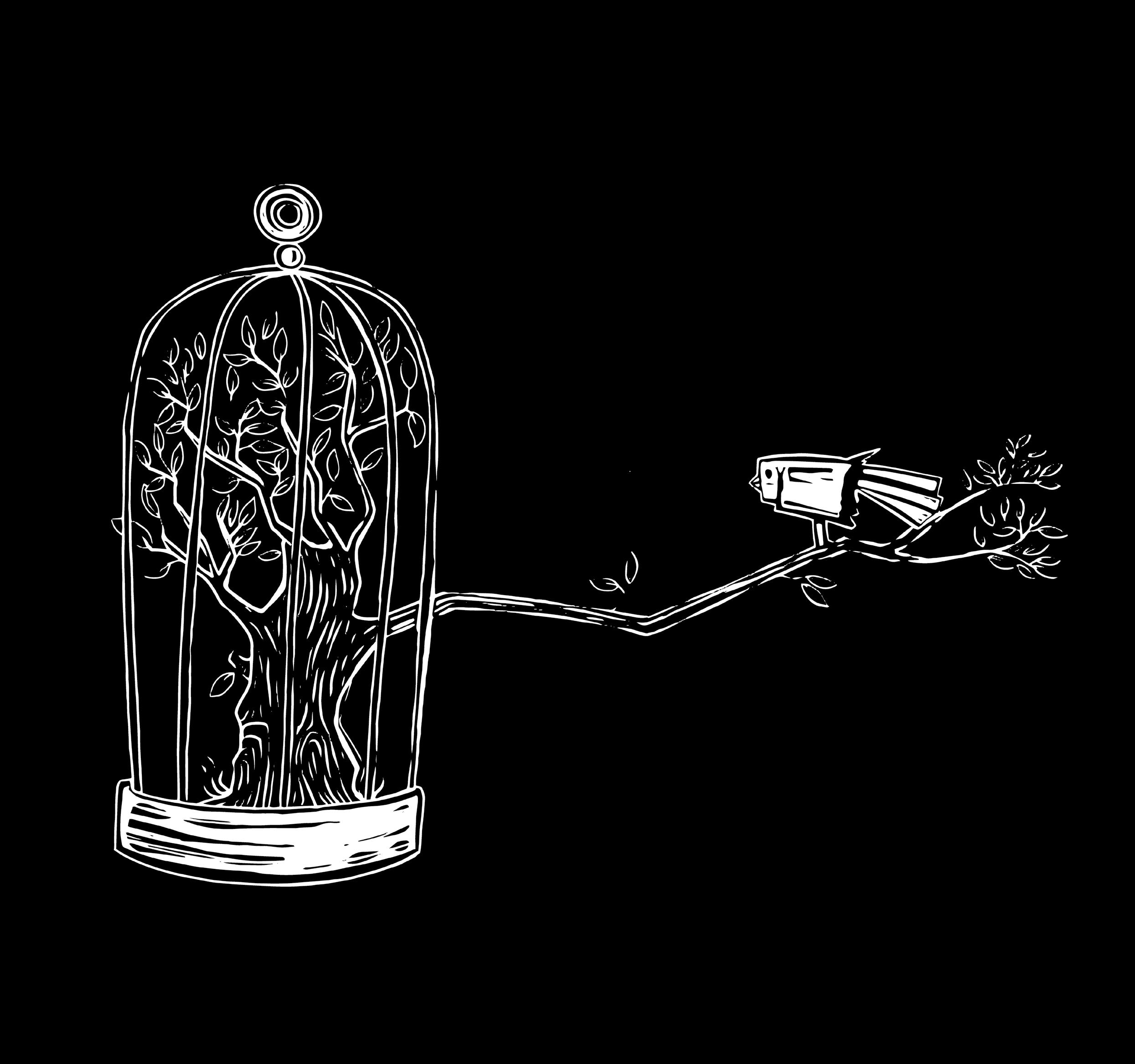
A Lakes International Comic Art Festival exhibition supported by the British Council


A Lakes International Comic Art Festival exhibition supported by the British Council
“As for me, I will enter the mulberry trees where the silkworm makes me into a silk thread, then I’ll enter a woman’s needle in one of the myths, then I’ll fly like a shawl with the wind.” Palestinian Comics Revealed
Mahmoud Darwish
INTRODUCTION
ARTISTS (GRAPHIC NOVELS)
MOHAMMAD SABAANEH
LEILA ABDELRAZAQ
IASMIN OMAR ATA
MARGUERITE DABAIE
NOUR HIFAOUI
ARTISTS (VISUAL NARRATIVES)
AMER SHOMALI
AMAL AL-NAKHALA
SAMIR HARB
KHALED JARADA
MICHAEL JABAREEN
FUAD ALYAMANI
SHAHD AL-SHAMALI
p. 3-7
p. 8-12
p.13-20
p.21-26
p.27-32
p.33-37
p. 38-45
p. 46-49
p. 50-54
p. 55-60
p. 61-63
p. 64-66
p. 67-69
Palestinian Comics Revealed
What would Mahmoud Darwish think, looking at a new generation of young artists picking up their pens and, instead of writing poetry, creating drawings and graphic novels about Palestine, whether they are living inside the land or carrying the weight of inherited memory in their conscience while scattered across the world? What words would he offer if he witnessed the second Nakba unfolding before the eyes of the world - a scenario of repeated disappointment, yet unshakable resilience amid a magnitude of human losses and unprecedented destruction in our current era?
Only the artists bear the answer - a dream of a ‘happy ending’ that has been yearned for over 75 years. Their cause is rooted in rights and justice, transcending the confines of political dogma, ideology, historical narratives, and geographical boundaries. They challenge us all to reconsider our relationship with the land, culture, individual freedom, and cultural gender identity. Alone, they compel us to revisit the foundational beliefs we were raised upon - those axioms that may have faded from memory amidst the weight of a collective collapse we all share.
They compel us to question the significance of our connection to the land. None of them lived through the Nakba, nor did they know the historical land of Palestine from which their people were displaced and to which they still cling. Instead, they conjure an identity from
an oral history passed down from the first generation’s memory and nearly vanished archives. Rather than taking root in the land, the land became embedded within them. Their conscience transcends geography; they carry it with them during travel and forced exile, redefining it from an ego-centric perspective rather than a collective one.
In her debut work, ‘Baddawi,’ Leila Abdelrazaq (American-born) sought her Palestine through her father’s own experience and narrative in a Palestinian camp in Lebanon, building her visuals from the land of traditional embroideries, card games, or the smell of the zaatar that her people used to collect. In her second book, ‘The Opening,’ she delves even more profoundly, weaving sensitive poetry around her personal experience of loss following her sister’s death at birth. This exploration parallels the concept of missing someone you never knew and longing for a place you’ve never been, and where blind faith and fantasies convince us that bearing the weight of this absence is worthwhile.
Iasmin Omar Ata and Marguerite Dabaie (American by birth) further emphasise a militant identity. However, on a more personal level, they extend beyond their relationship to the place’s traditions, addressing issues related to gender and individual choices that are particularly challenging even in their societies of origin. Ata insists on introducing themselves as a
“Palestinian, queer, Muslim artist,” a declaration that led to harassment severe enough to drive them away and force them to move to the more open environment of Austin, Texas, and their conservative family to break ties with them. Their graphic research “Queerness Has Always Been Part of Life in the Middle East,” published in the online comics magazine “The Nib” under a different name, exemplifies their obstacles. The title of their album, “Mus(h)adra” (meaning “I Can’t” in Arabic), perhaps best reflects their suffering from being different since childhood. It includes their struggles with epilepsy and isolation and their transformation into a bold visual artist depicting the daily challenges of living with conditions—both health-related and cultural—often misunderstood in a narrowminded world.
In contradiction to Ata’s heavy, dark, and conflictual organic narrative, Marguerite Dabaie comes from a well-to-do Christian family that has preserved Palestinian traditions after their forced displacement from Ramallah. Embracing the they/them identification like Ata, they sarcastically question their identity in “The Hookah Girl,” showing it as a blend of two cultures that they perceive as rich and capable of coexistence rather than being in discord and contradiction. After recently acknowledging the widening gap between themselves and their crisis-ridden surroundings due to recent events, they decided to emigrate to Japan since
returning to their roots is almost impossible, innocently claiming that all they want is to “remind the world that Palestinians are complex people like everyone else, and they have the right to be so.”
If distance brings clarity to the meaning of identity and potentially simplifies it, proximity and living through the tragedy deepen the questions surrounding its complexity. Amal Al-Nakhala (from Gaza) shifts the focus from the public sphere to personal introspection, embodying the state of being “lost in definition,” as reflected in her work of the same title. Her delicate, intricate, distorted drawings, trembling lines, and nearly indecipherable writing convey a sense of “waiting to be.” She is caught in the dilemma of whether “to choose or not to choose,” asserting, “I have no choice in the first place.” “Me, who am I?” a question she repeats in her animated tape “Limitless.” Is this an invitation to break free from identification constraints or to succumb to a historical fate beyond her control?
Al-Nakhala’s decision to whisper her story in “Limitless” is striking, as if she aims to convey a message that is forbidden from spreading. Nour Hifaoui echoes this sentiment in their graphic narrative “The Blue Identity,” where they conceal their origin while studying in a hostile environment. Hifaoui holds a blue asylum card, representing the Palestinians of 1948. This hidden anger and frustration will erupt when their
revolution unfolds. Identity becomes a matter of free personal choice rather than an inherited bloodline, transcending traditional norms. This challenge and the clear assertion of their gender identity in a bold confrontation with an oppressive conservative society ultimately led them into exile in Paris. In “Titties,” Hifaoui aims to shock readers with their provocative, sexually explicit experiences and bold graphics. However, they appear more composed and reconciled with themselves in their latest work, “So... How Did It Go?”. The drawings are sensitive, delicate, and nuanced, akin to pastel RISO printing colours, suggesting that the creative process transcends politics and society, embodying individual aesthetic and expressive choices.
Samir Harb, who has a background in engineering and architecture, is concerned with the urban identity of cities. In “Fairy Tale of Other Cities,” he compares European cities’ advanced urban and service systems with those of Ramallah, his hometown. Despite attempts to imitate modernity, Ramallah remains immersed in architectural chaos, contributing to its unique aesthetic. Harb prefers to delve into the ground like an archaeologist, researching the history of a model place known as “The District” (the Palestinian National Authority headquarters) and examining how various additions have altered its features since its initial foundation by colonisers before 1932. This transformation involved transferring a colonial experience
from an unrelated place (India) and subsequent developments by successive ruling authorities. “Colonial Seeds” graphic narrative is a sample of his obsession with scientific, realistic drawings filled with maps and documentation, linking the place to the movement of its people, around which a unifying identity converges, an awakening of national identity as in his narrative of “Sheikh Jarrah.”
Like Harb, Fuad Yamani, in “The House,” seeks the “origin” but instead chooses a personal narrative—even if it’s imagined—to trace the roots. Instead of looking into the architectural past, he attempts to find the original owner by questioning the current Israeli tenant, who couldn’t provide a detailed line of ownership but asks for a phone number to call if he finds any info and receives the answer: “1948.” This response is laden with significance, as 1948 is the year of the Nakba, a momentous event for Palestinians marked by violent mass displacement and loss of their homeland and history. This date remains deeply ingrained in the collective memory of Palestinian generations.
Deprived of a hopeful future, they strive to determine their own dreams, perhaps for themselves rather than others. They use symbolism and metaphors in most of their works, leaving behind infinite and ambiguous interpretations as if nothing is clear to them except the reality of the occupation: mixed
feelings, a temporary present, and an eternal state of waiting. Khaled Jarada, from Gaza, a place isolated from the sea due to the siege, borrows from folk tales with a solid background in fine art and multimedia. He manipulates proverbs to transform a call for hope into a reality of despair. His work “The Collector of Dreams” embodies a transparent, beautiful, and melancholic atmosphere. Based on traditional belief, the wish is realised by whispering it into a seashell and throwing it in the sea; instead, he roams the beach, dragging a wooden box and collecting seashells scattered on the sand. After traversing the streets of a city populated by worn-down individuals, he returns to his empty room. There, he undresses and takes each shell, listening attentively to stories and whispering the unfulfilled dream to him before hanging it on the wall. Ultimately, he holds the last shell, submerges it, and enters his box of isolation to sleep, waiting for another day or another war that might come.
Jarada’s generation stands at a crossroads, torn between symbolic poetry and silent testimonials amidst horror, much like Shahd Al-Shamali’s poignant tale, “Hind Rajab.” Shahd, who fled Gaza just before the last crossing closed, chooses to convey the event by documenting it without comment, stripped of overt emotion or calls for revolution. She understands deeply that excessive words, emotions, and condemnations cannot resurrect the lost. In the face of such
irreversible darkness, she believes only a stark, documented visual can etch itself into collective memory. Perhaps, in history’s distant echo, it may reclaim a lost right or justice absent in the present. Shahd knows, more than most, that the haunting specter of Hind Rajad and the other vanished faces and names will remain vivid in her people’s memory, unlike the first Nakba’s faded recollections, which lack intensive visual documentation and have turned into distant oral storytelling.
Remarkably, Amer Shomali, a pioneering artist with roots in engineering, fine arts, and cinema, weaves these disciplines into his work with a dark, satirical flair that has garnered global acclaim. His journey began with the comics series “Zan Now,” a sharp critique of intellectuals’ political and social behaviour and their alienation from their roots. His accessible, sharp style and out-of-the-box approach led him to explore visual experimentation and cinematic animation with “The Wanted 18,” a film about a town hiding 18 cows whose independent milk production was deemed a “threat to Israeli national security.” Inspired by a true story from the first Palestinian Intifada and peaceful resistance, the tale reaches its zenith in the disillusionment of the Oslo Accords, leaving us with a powerful and timeless symbolic message: “There are times when we must believe in something for life to become worth living. I decided to believe in a white cow living in a cave.”
Michael Jabareen is an “intruder” from the realms of architecture, experimental design, and performance into the world of comics, with rare contributions primarily found in “The Time Keeper.” In his short narratives, innocence, symbolism, and intense emotion blend, constructing an imaginary world so richly detailed that it feels tangible. With the pure simplicity of a child’s touch, he breaks the barriers of the impossible, demolishing the cemented walls of psychological and physical division that separate his people. In “The Burning Cake,” he draws a poignant parallel between solitary birthday confinement during the Corona pandemic and the enforced seclusion amidst the relentless bombings of occupation.
Even though his drawings contain numerous metaphors and symbols, Mohammad Sabaaneh, may be the only one with a clear vision, feelings, and narrative. He remains profoundly and physically connected to the land despite the harshness of life. His graphic novel, “My Story is Palestine” (the original Arabic title), begins in a jail - his own imprisonment - with a free bird telling the stories of other detainees inside or outside the walls in Palestine or the diaspora. He insists on using the technique of engraving and printing in black and white to identify with those who engrave their names on the gray walls of cells that never see the colours of the sun. The stories of others took him and his bird to villages and cities he had never visited before,
allowing him to discover them inside his narrow cell. Black, harsh, sharp, and provocative, his drawings and narratives express the severity of the reality experienced by the “people inside,” as if he wants to address them before anyone else and convey their voices without flattery or falsification. Sabaaneh, in his body of work, represents the other side of resistance, where the weapons of resilience are art and creativity.
Palestine has been a constant subject in children’s comics magazines since their inception in the middle of the last century. Successive military dictatorships used it as a tool for ideological promotion, deriving legitimacy for their survival and continuity. However, it was rarely drawn by Palestinian artists or in an independent Palestinian perspective. Today, Palestine is telling its own intimate story through the narratives of its people spread across the planet. As the rightful owners of the cause, they deserve to have their voices heard, to embrace it, and to protect it from everyone’s bidding.
Mahmoud Darwish, you can rest assured that these young artists understand that only those rooted “in” a mulberry tree can fly free.
George Khoury (jad) Summer 2024


Mohammad Sabaaneh, a cartoonist since 2002, works with the Arab American University and is a member of the Cartoon Movement and CRNI’s Middle East representative. He has won numerous awards, including third place at the Arabic Caricature Contest 2013. His artwork is in the Library of Congress, and Georgetown University has used his cartoons in research. In 2017, he represented Palestinians at the UN in New York. He has published books with Just World Books and Al Saqi and participated in the Edinburgh Book Festival. He earned a Master’s in illustration from the UK in 2020. His graphic novel Power Born of Dreams: My Story is Palestine has been translated into multiple languages. In 2023, he organized the first Palestinian collective comics exhibition and exhibited a mural at the UN Headquarters in New York.
Work: Power Born of Dreams: My Story is Palestine (graphic novel) (2021)

Mohammad Sabaaneh
1 “Power born of Dreams: My Story is Palestine” p.52, (graphic novel) (2021)
2 “Power born of Dreams: My Story is Palestine” p.56, (graphic novel) (2021)


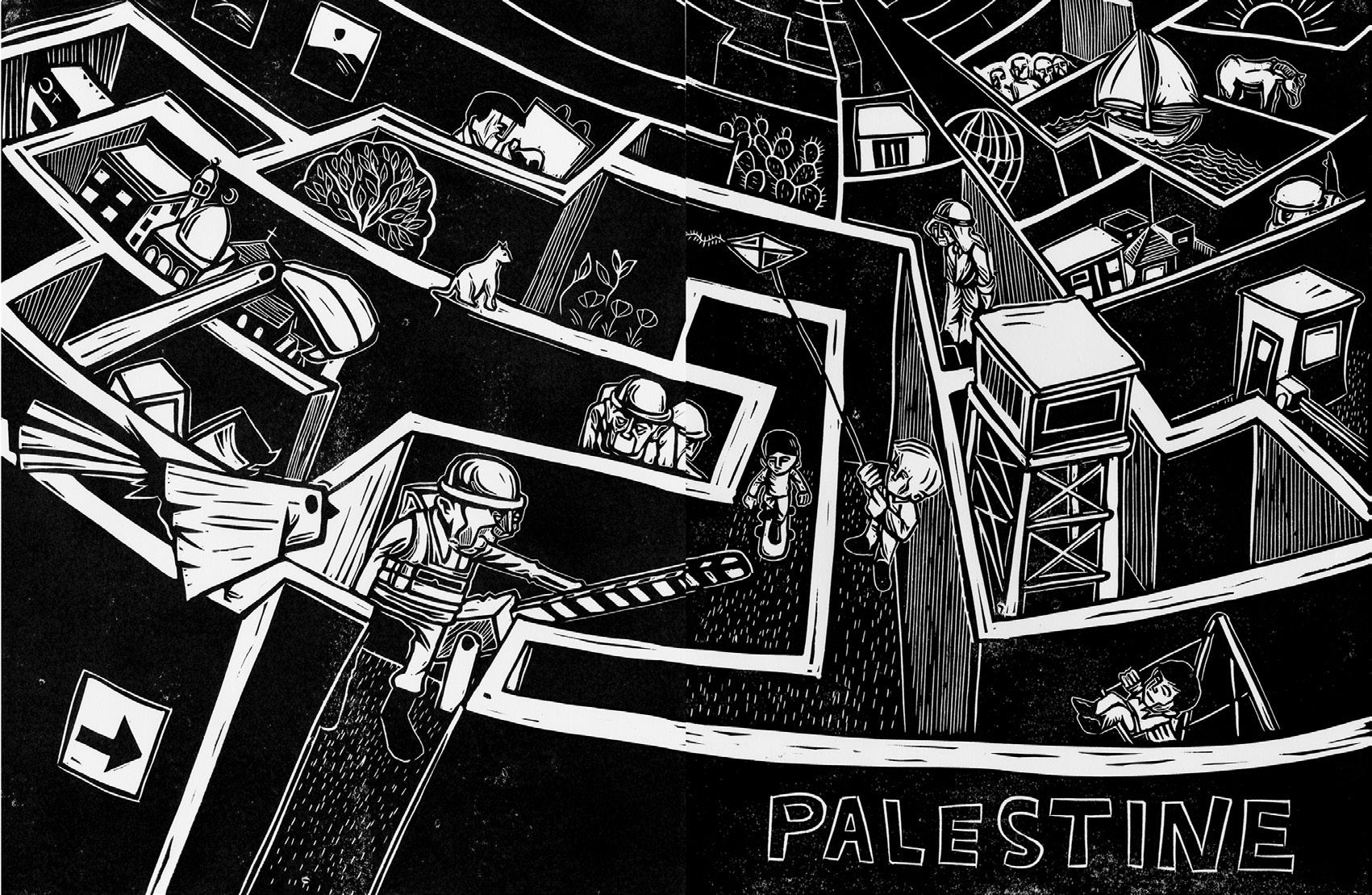

©Street Noise Books, 2021
1
Mohammad Sabaaneh
1 “Power born of Dreams: My Story is Palestine” p.101, (graphic novel) (2021)

©Street Noise Books, 2021 1
Mohammad Sabaaneh
1 “Power born of Dreams: My Story is Palestine” p.53, (graphic novel) (2021)


Born: 1992, Chicago, USA
Resident: Detroit
Leila Abdelrazaq is a Palestinian artistscholar, author, and cultural organizer. Her debut graphic novel, Baddawi (Just World Books, 2015), started as a webcomic, was shortlisted for the Palestine Book Awards, and has been translated into three languages. Her 2017 graphic novel, The Opening, was published by Tosh Fesh (Beirut). Leila’s creative writing, essays, and comics address themes of refugeehood, history, memory, and borders, appearing in publications like The Michigan Quarterly Review and Harper’s. She has exhibited and participated in residencies worldwide, and her work is featured in various public collections. Her speculative fiction graphic novel Five Times Fast was a Creative Capital shortlisted project in 2022.
Work:
Baddawi (graphic novel) (2015)
The Opening (graphic novel) (2017)
Boycott Israel (2013)
Refugees Against Borders (2017)
The Sardine Tin (2019)
Still Born (2018) (animation)
Border Diary (2018)
The Sardine Tin (2019)

1 “The Opening” p.3, (graphic novel) (2017)
2 “The Opening” cover, (graphic novel) (2017)



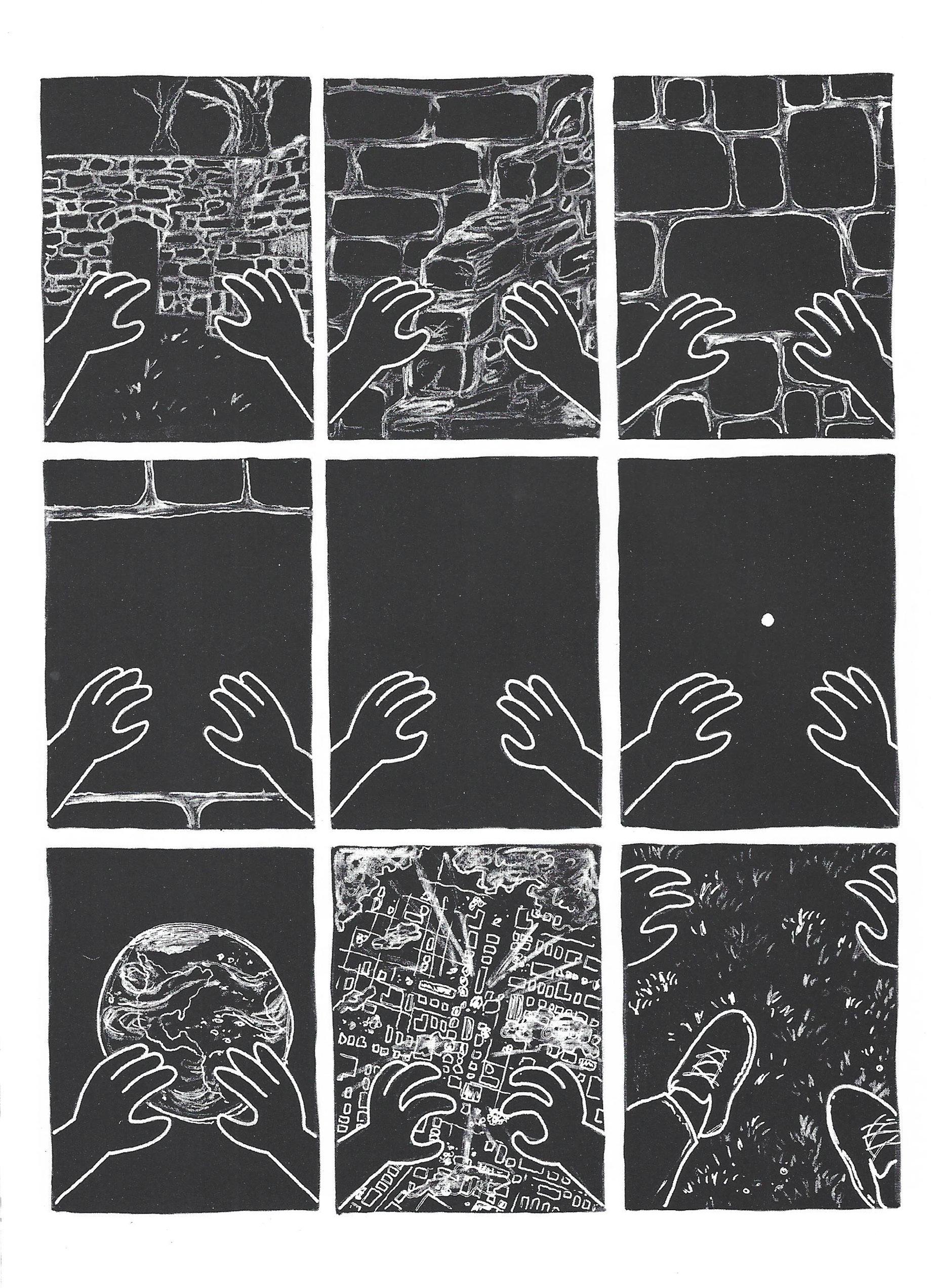

©Just World Books, 2015

©Just World Books, 2015
Leila Abdelrazaq
1 “Baddawi” p.16, (graphic novel) (2015)
2 “Baddawi” cover (graphic novel) (2015)




Born: No date of birth
Resident: Austin, Texas
Iasmin Omar Ata also known as Delta, is a comics artist, games developer, illustrator, animator, and sound designer. They create art focused on self-acceptance, coping with illness, and envisioning better futures. Their graphic novel, Mus(h)adra, has been widely acclaimed by critics, as has their recent work Nayra and the Djinn. An Ignatz Award winner and Excellence in Graphic Literature Award finalist, they have been featured in Kirkus, Publishers Weekly, NPR, and more. Iasmin has collaborated with Jackbox Games, Unity, and PEN America and guest lectured at Harvard, Johns Hopkins, and Ohio State universities. Their work has been exhibited globally, including in France, Saudi Arabia, and Palestine.
Work:
Mis(h)adra (graphic novel) (2017)
Nayra and the Djinn (graphic novel) (2023)
Queerness Has Always Been Part of Life in the Middle East (2019)
The Anti-Palestinian Propaganda You Don’t Know You’re Consuming (2019)
Rose Metal (2018)
Being (2017)

* Artist prefers not to include an image of themselves




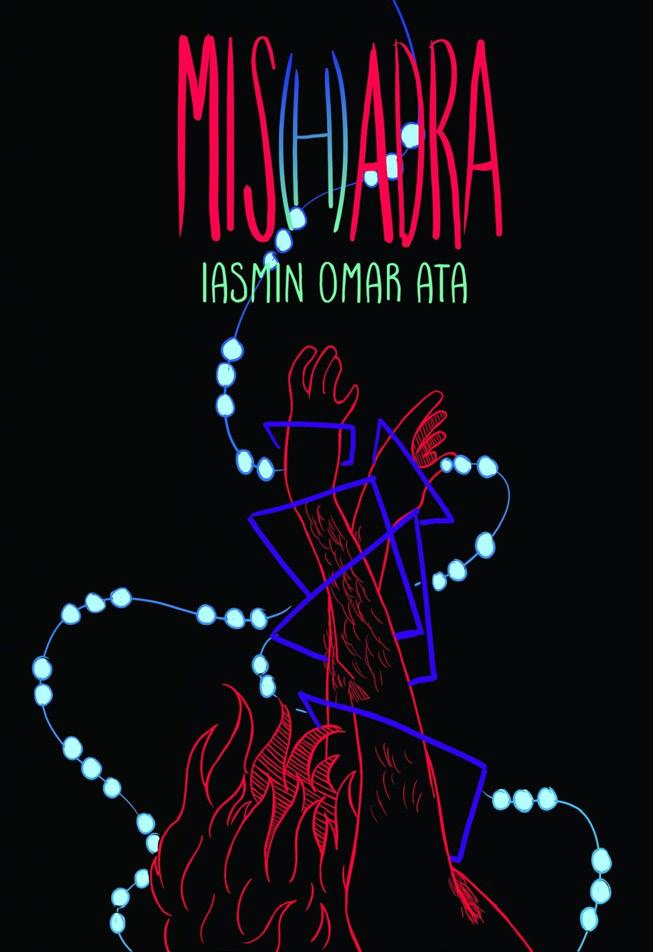
2


Born: 1981, San Francisco, USA
Resident: Brooklyn, USA
Marguerite Dabaie, author of The Hookah Girl and Other True Stories (Rosarium 2018) and Legends in the Heights (Andrews McMeel 2025), creates autobiographical, socio-political, and historical-fictional comics with a decorative flair. They have contributed to The Nib, The Believer, Abrams, and Viking Penguin as a freelance illustrator. Marguerite is also an editor for the A.M. Qattan Foundation and Birzeit University and has edited for the Morgan Library & Museum and the Journal of Palestine Studies. Additionally, they were an editor, writer, and cultural consultant for the RPG Blackbirds.
Work:
The Hookah Girl: And Other True Stories (graphic novel) (2018)
Legends in the Heights (graphic novel) (Fall 2025)
What It Is to be Palestinian in the US 23andMe Doesn’t Know What Makes a Palestinian (2019)
Trump’s Jerk Move on Jerusalem: People Already Dying (2017)
Rasmea Odeh: Woman Without a Country (2017)
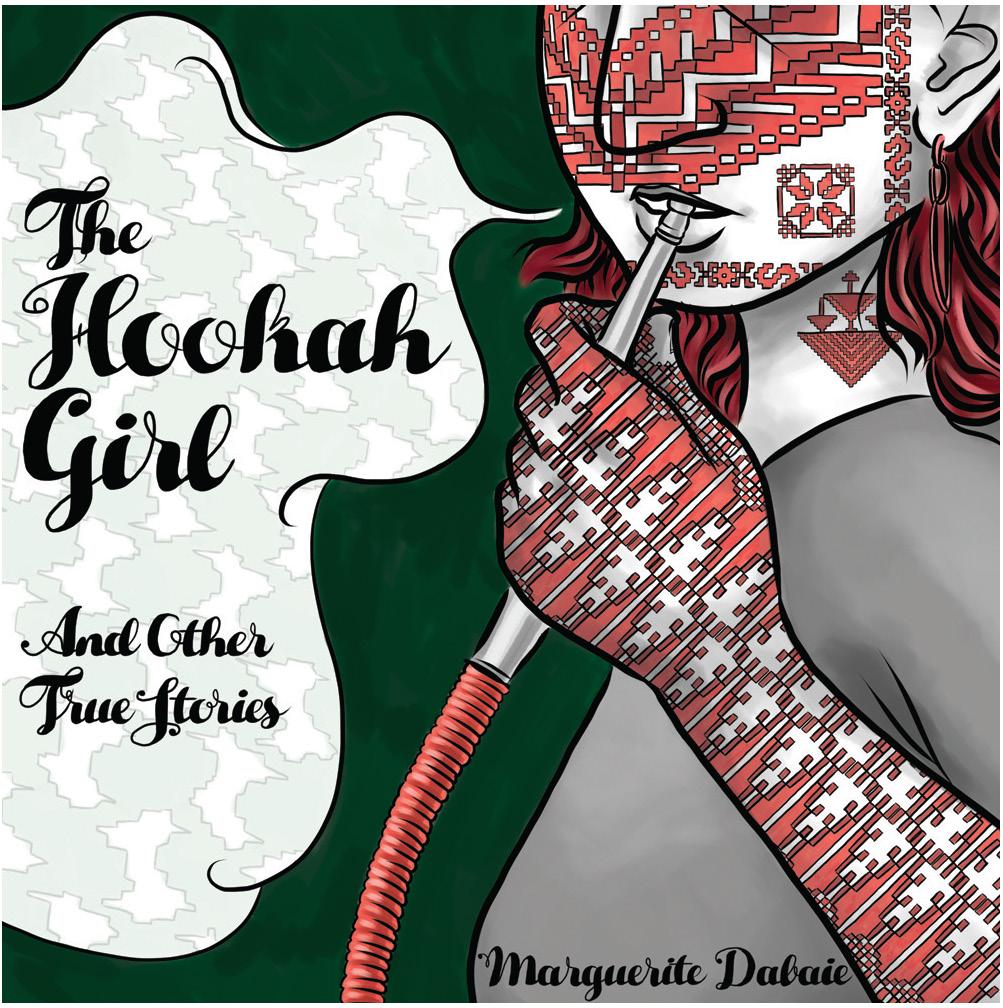
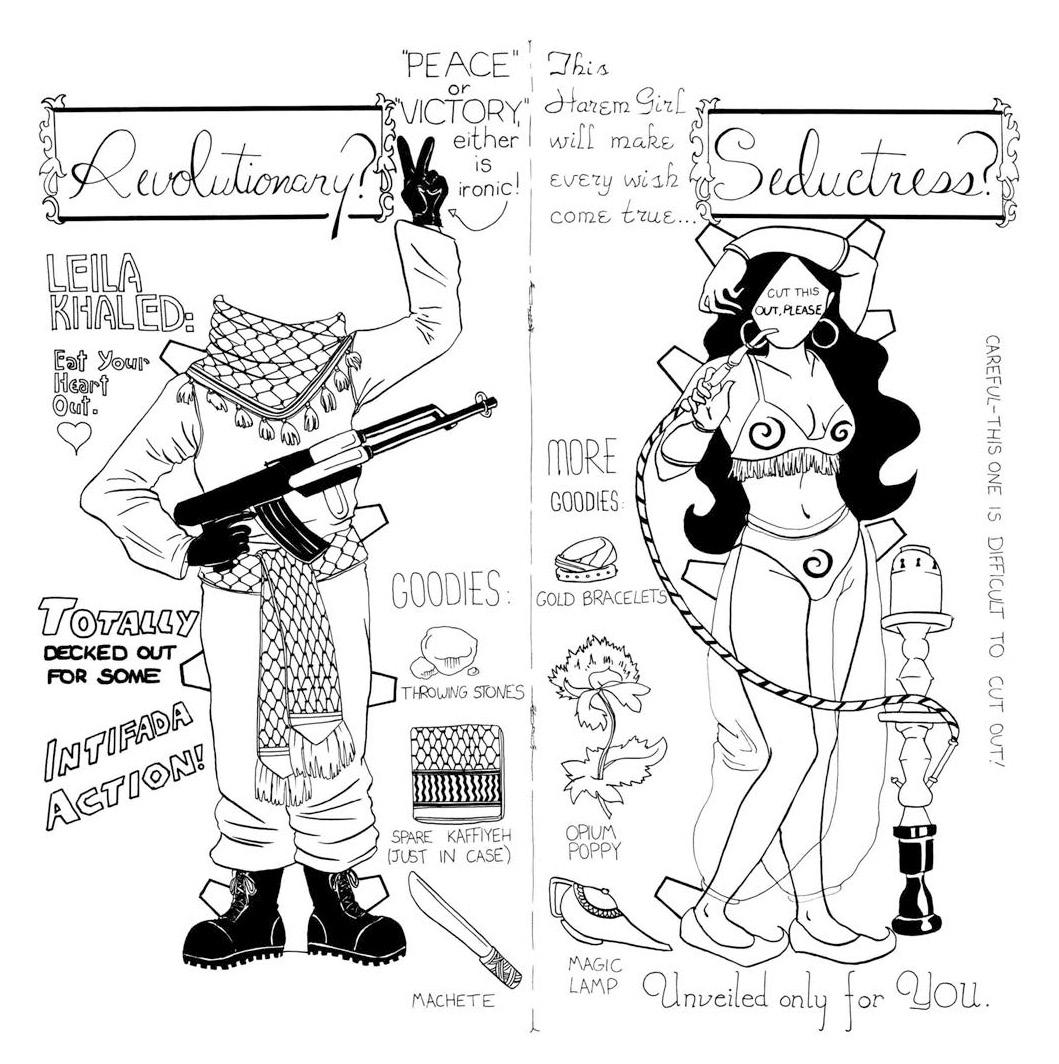
Marguerite Dabaie
1 “The Hookah Girl and Other Stories” cover, (graphic novel) (2018)
2 “The Hookah Girl and Other Stories” p.11, (graphic novel) (2018)



1
2

1 “What is to be Palestinian in the US,” (graphic novel) (2015)



Born: No date of birth, Lebanon
Resident: Paris
Nour Hifaoui, comic artist and illustrator based in Paris, explores themes of the body, intimacy, and social injustice through documentation and autobiographical fiction. In 2022, they published their first zine, Titties with Samandal, examining desire and sexual life from a feminist perspective. The zine was translated into Italian and published by D Editore and Fortepressa. Nour is working on the second volume, Titties Too Since 2018, they have been a member of Samandal Comics, contributing as an author and editor. Nour’s work has been showcased in local and international exhibitions and festivals, including Angoulême and Algiers.
Work:
Titties (graphic novel) (2022) So, How was it (2023)
Samandal Collective (2018-…)
Zeez Collective (2017-2020) Fight, Resist, Suffocate (2021)

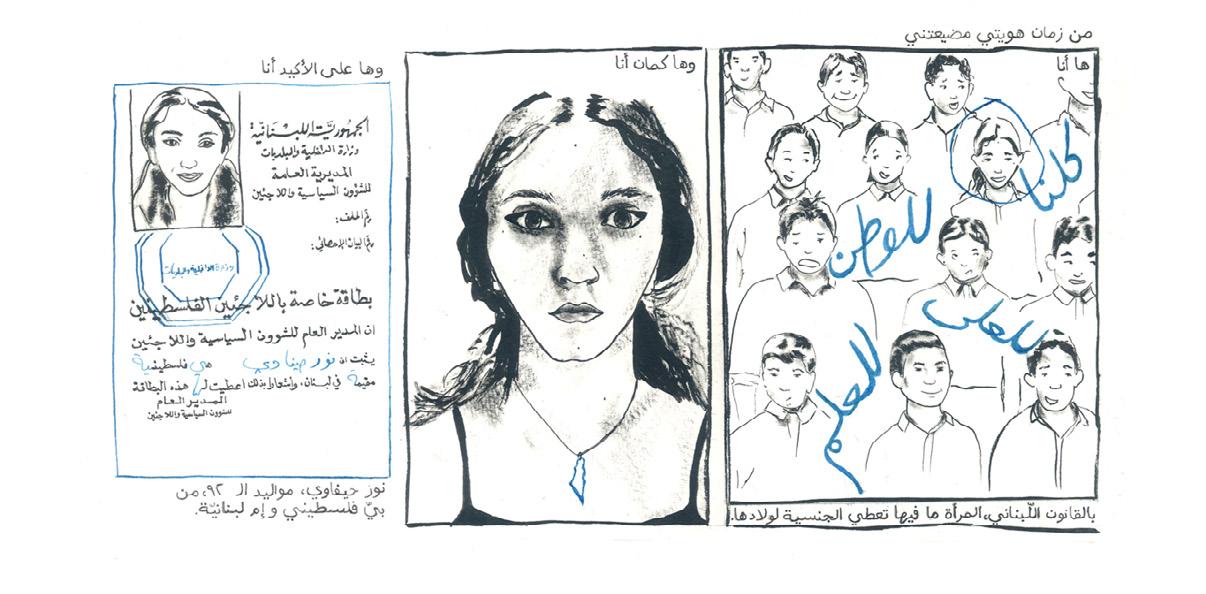
Nour Hifaoui
1 “so...how was it,” p.53 (graphic novel) (2023)
2 “Blue Card” (graphic novel)

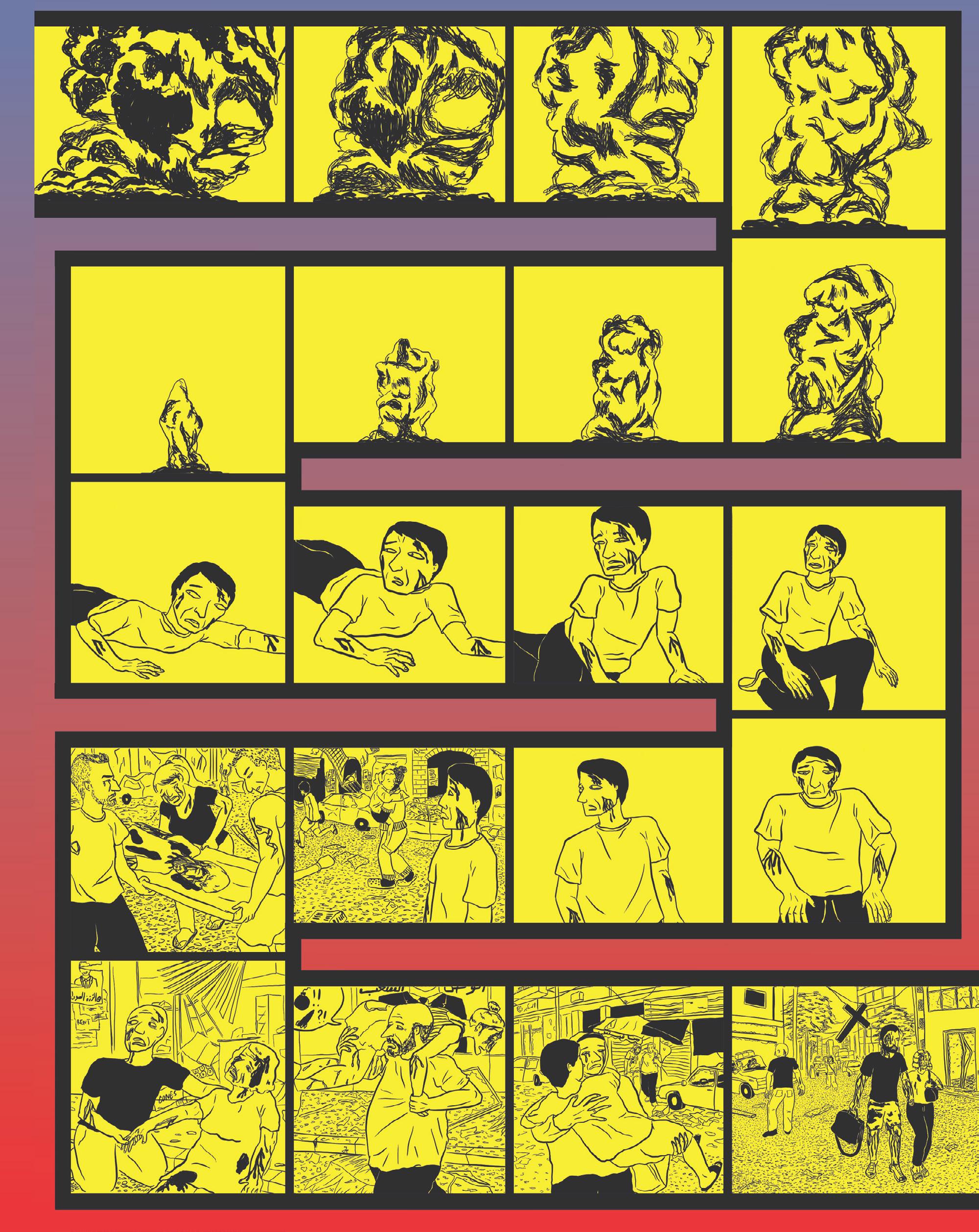
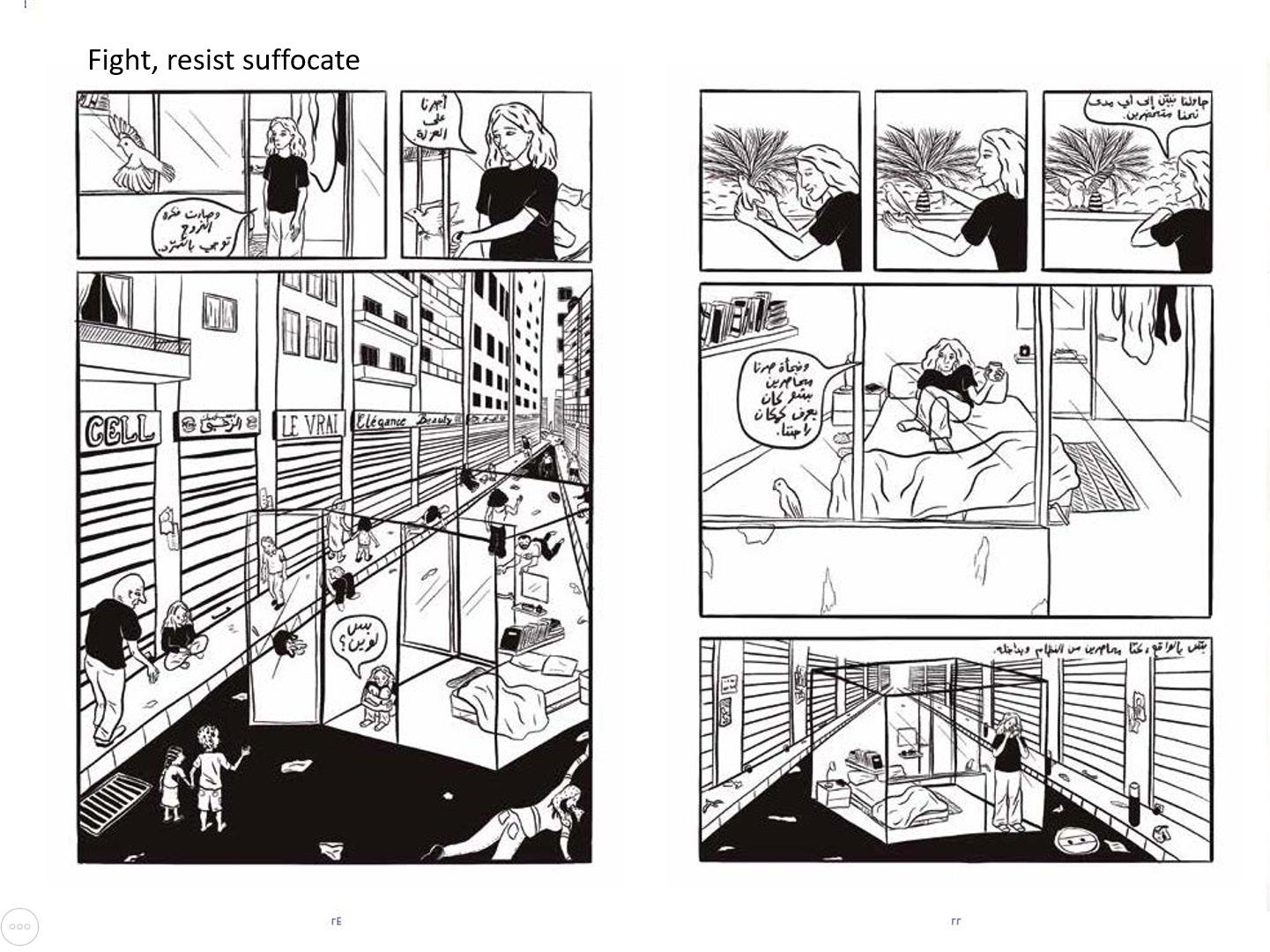


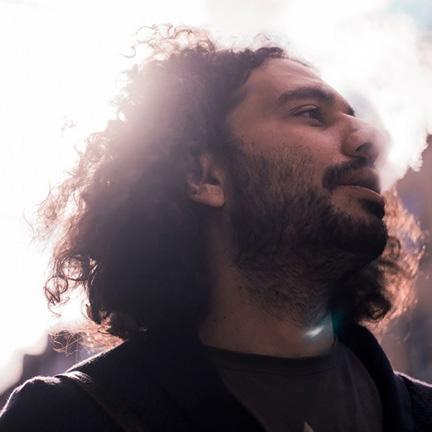
Born: 1981, Kuwait
Resident: Ramallah
Amer Shomali lives in Ramallah and is a multidisciplinary artist known for his work in painting, films, digital media, installations, and comics, addressing Palestine’s sociopolitical landscape. His works are part of collections at The British Museum and The Arab World Institute. He co-directed the award-winning animated documentary The Wanted 18, which premiered at the Toronto International Film Festival in 2014. Born in Kuwait in 1981, Shomali holds a BSc in Architecture from Birzeit University and a master’s degree in animation from Bournemouth University. Based in Ramallah, he teaches at Birzeit University and became the director of the Palestinian Museum in October 2023.
Work:
Zan Al’An comics series (2007-…)
The Wanted 18 (animation) (2014)

Amer Shomali & Yara Odeh
1 “The New World,” p.2 (unpublished) (2020)
Don’t hate us. When we decided to have you After ten years of thinking We didn’t expect what happened
No one could have anticipated what happened.
2 “The New World,” p.17 (unpublished) (2020) Nothing


Amer Shomali
1 “The Graduate”
I have been studying at the university for five years. Today I graduated.
I know I should be happy, but I feel something is wrong. I feel that the university has changed me.

1 “The Chair”
Personally, no one asked me for my opinion.
I don’t know anyone who was asked for his opinion.
I don’t know anyone who knows anyone who was asked for his opinion.
I don’t know why I feel like I am being used as a chair leg
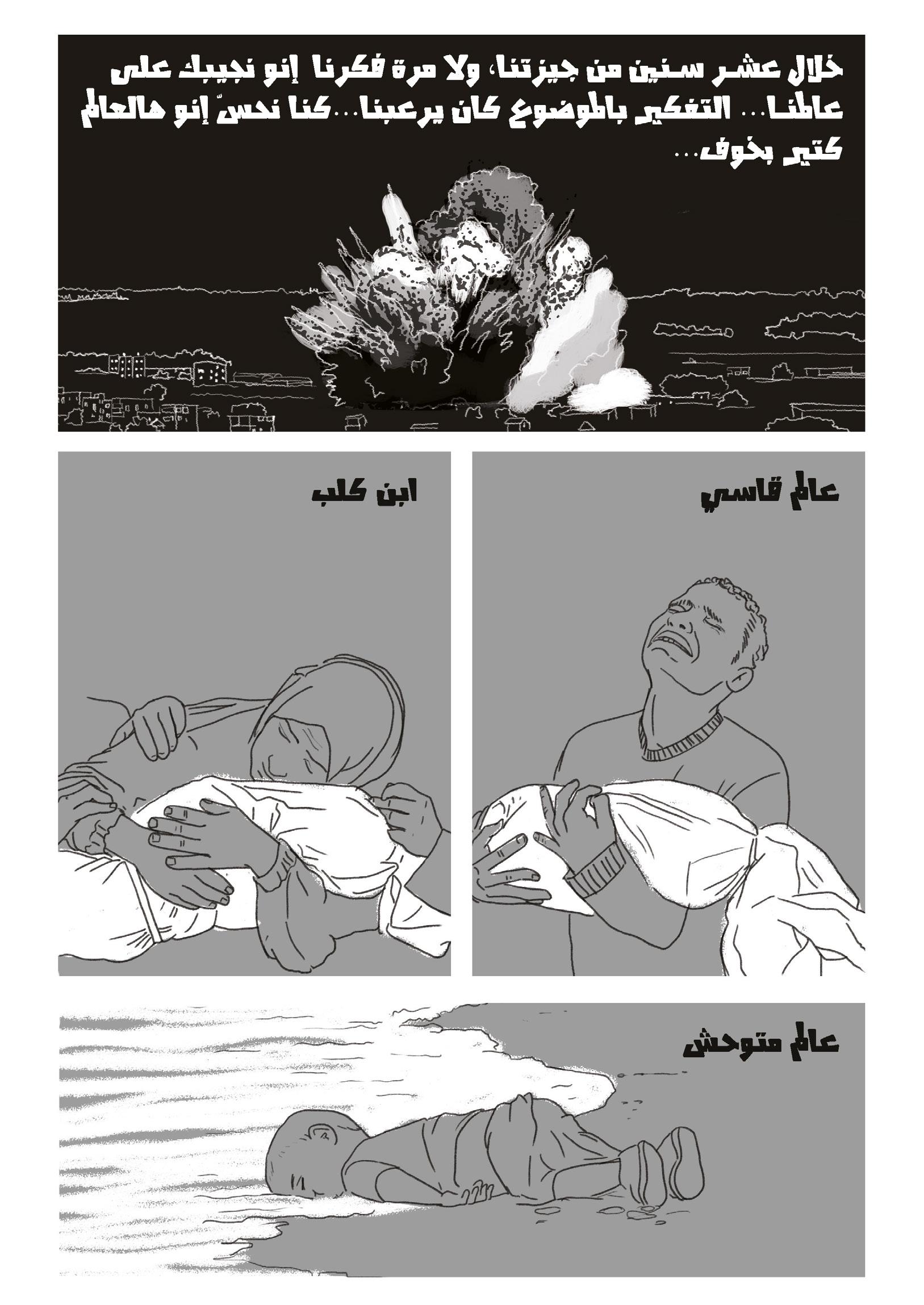
A cruel world A bitchy world A savage world 1
1 “The New World,” p.3 (unpublished) (2020)
During our ten years of marriage, we never considered having you in our world. Just thinking about the subject terrified us. We felt that the world was terrifying
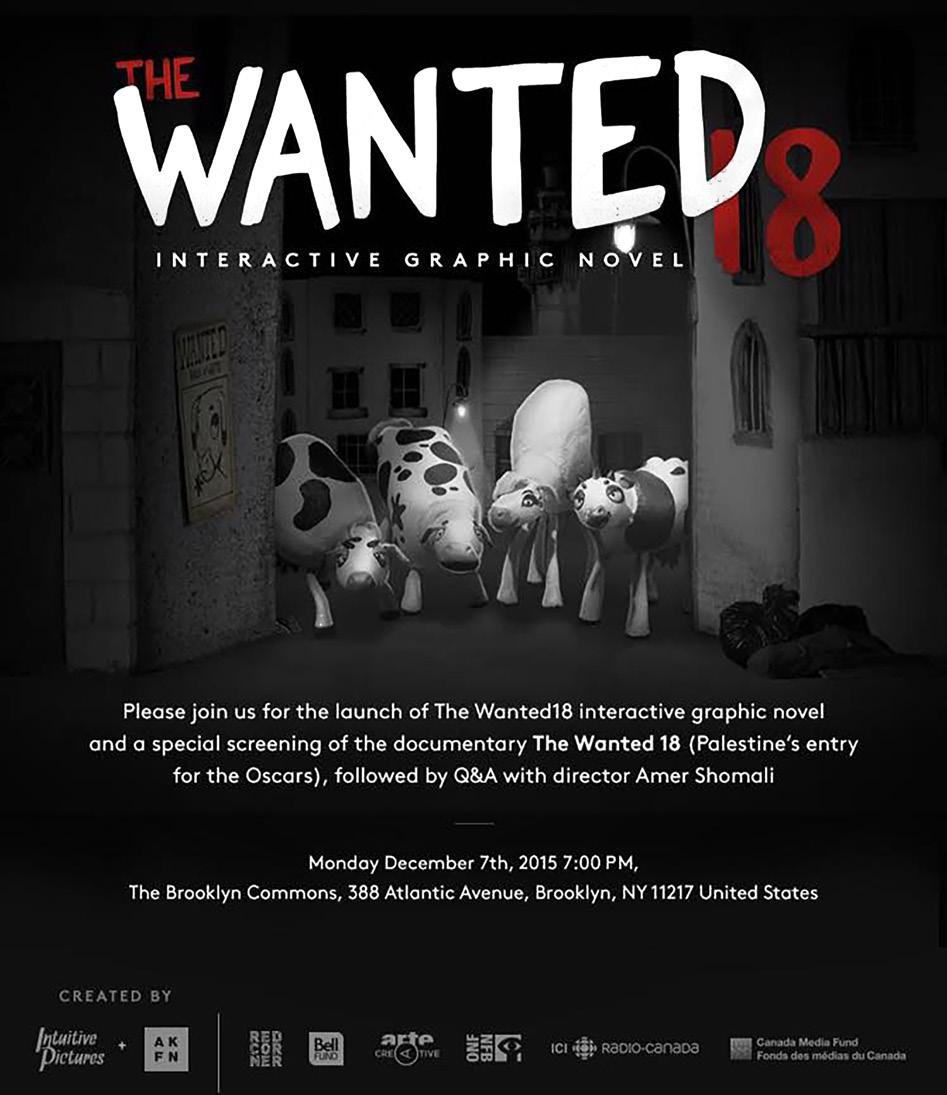


1 “The Wanted 18” poster (poster) (2014)
2 “The Wanted 18” poster (poster) (2014)
3 “The Wanted 18” (animation) (2014)

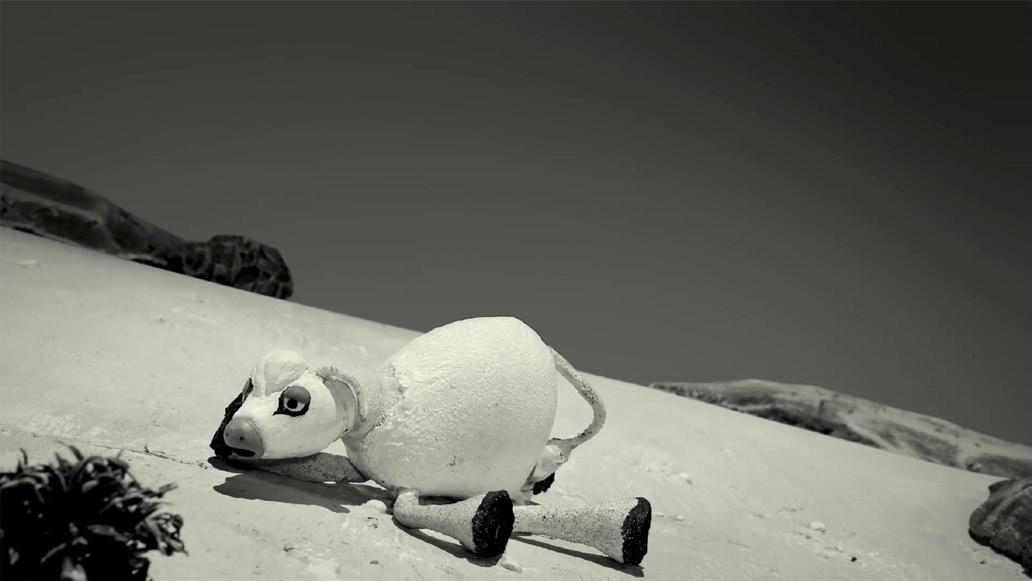




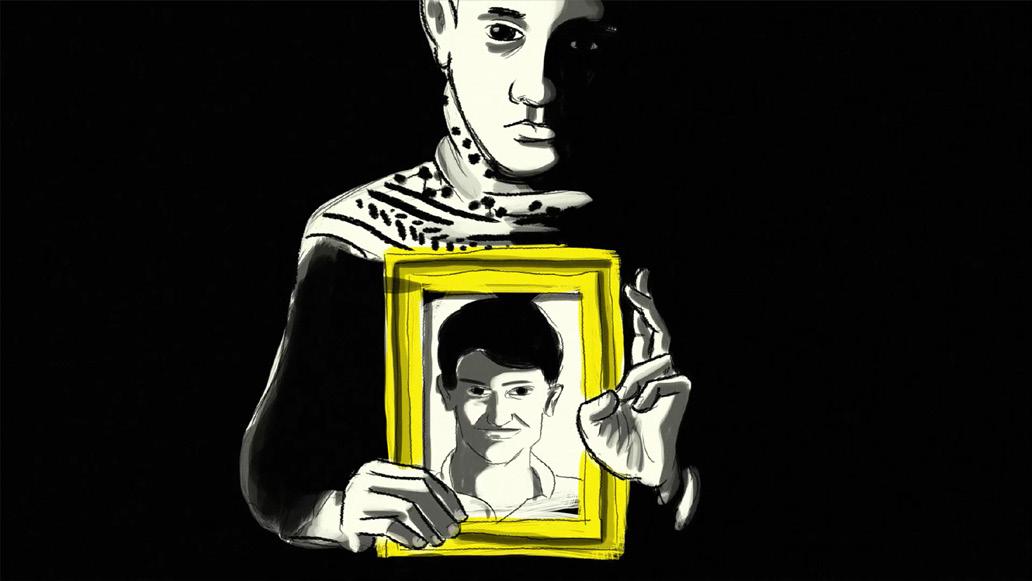

©Institut Français-Jérusalem
1 “The New World,” p.19 (unpublished) (2020)
May 2020
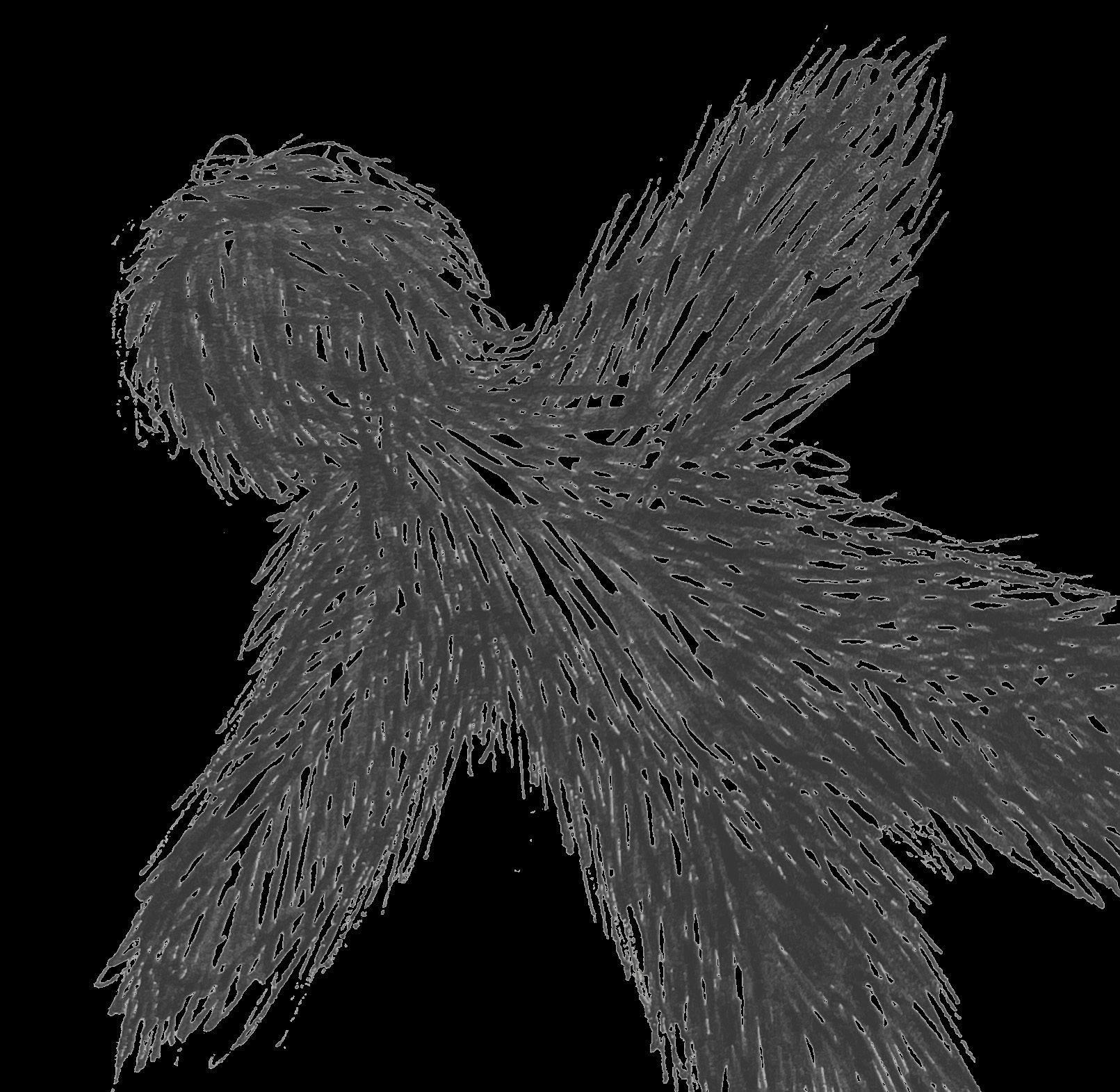

Born: 1999, Gaza
Resident: Out of Gaza recently, temporary in Cairo
Amal Al-Nakhala discovered her passion for art early. Although she graduated in English Literature in 2021, her artistic journey began long before college. Amal uses art to express emotions, drawing inspiration from her surroundings. She has exhibited her work widely and ventured into animation. Her four comic series, noted for humor and empathy, explore themes of identity and relationships. Committed to creating meaningful art, Amal invites viewers to reflect on its profound impact.
Work:
Diary of a War (2022-2023)
In Cairo (2024)
Lost in identification (2022) Is it even my place to be in? (2022)
Limitless (animation)
Amal Al-Nakhala
1 “is it even my place to be in?” (2022)
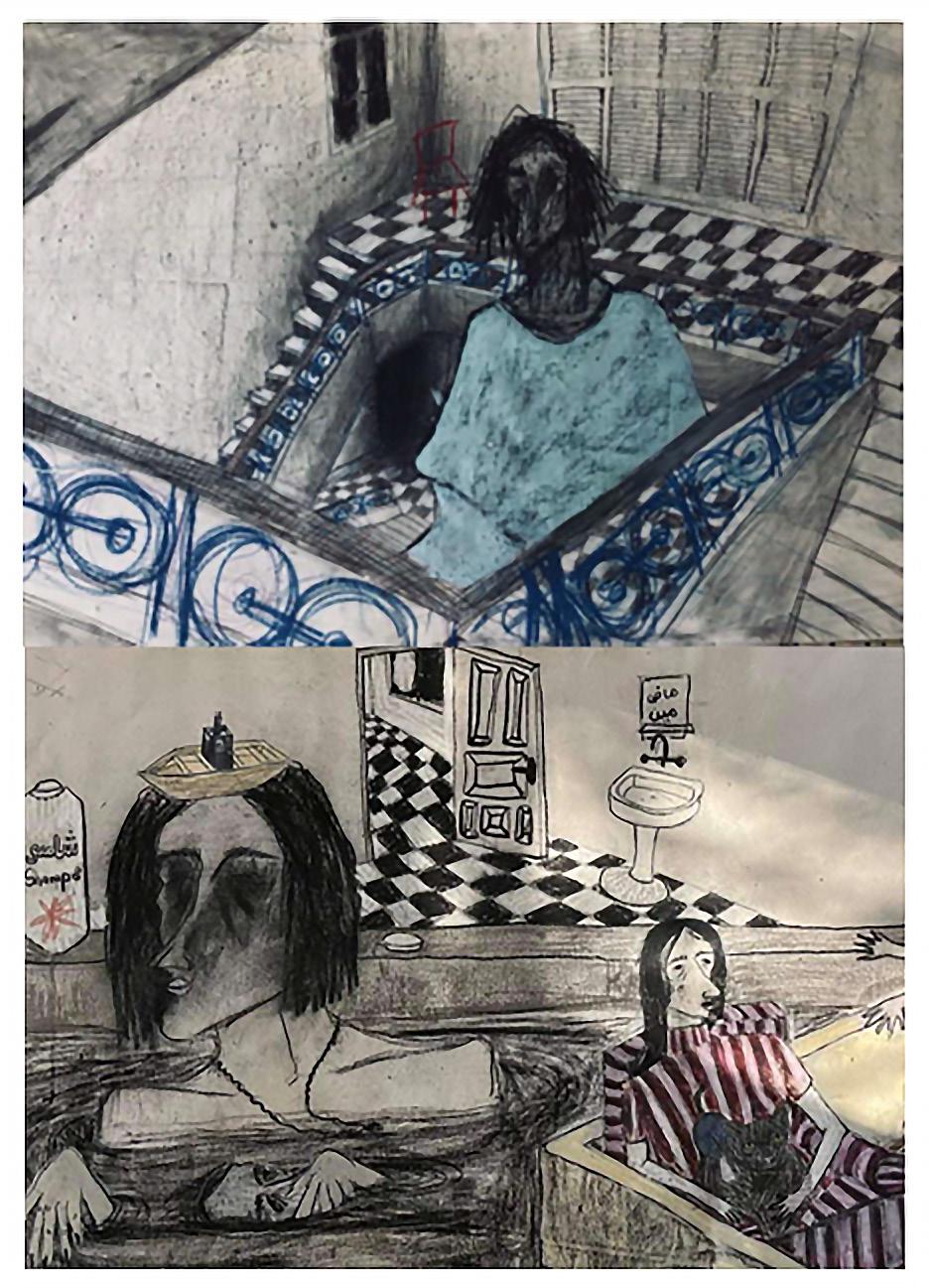

1 “Our house is gone”, (2021)
2 “Diary of a War”, (2023-2024)

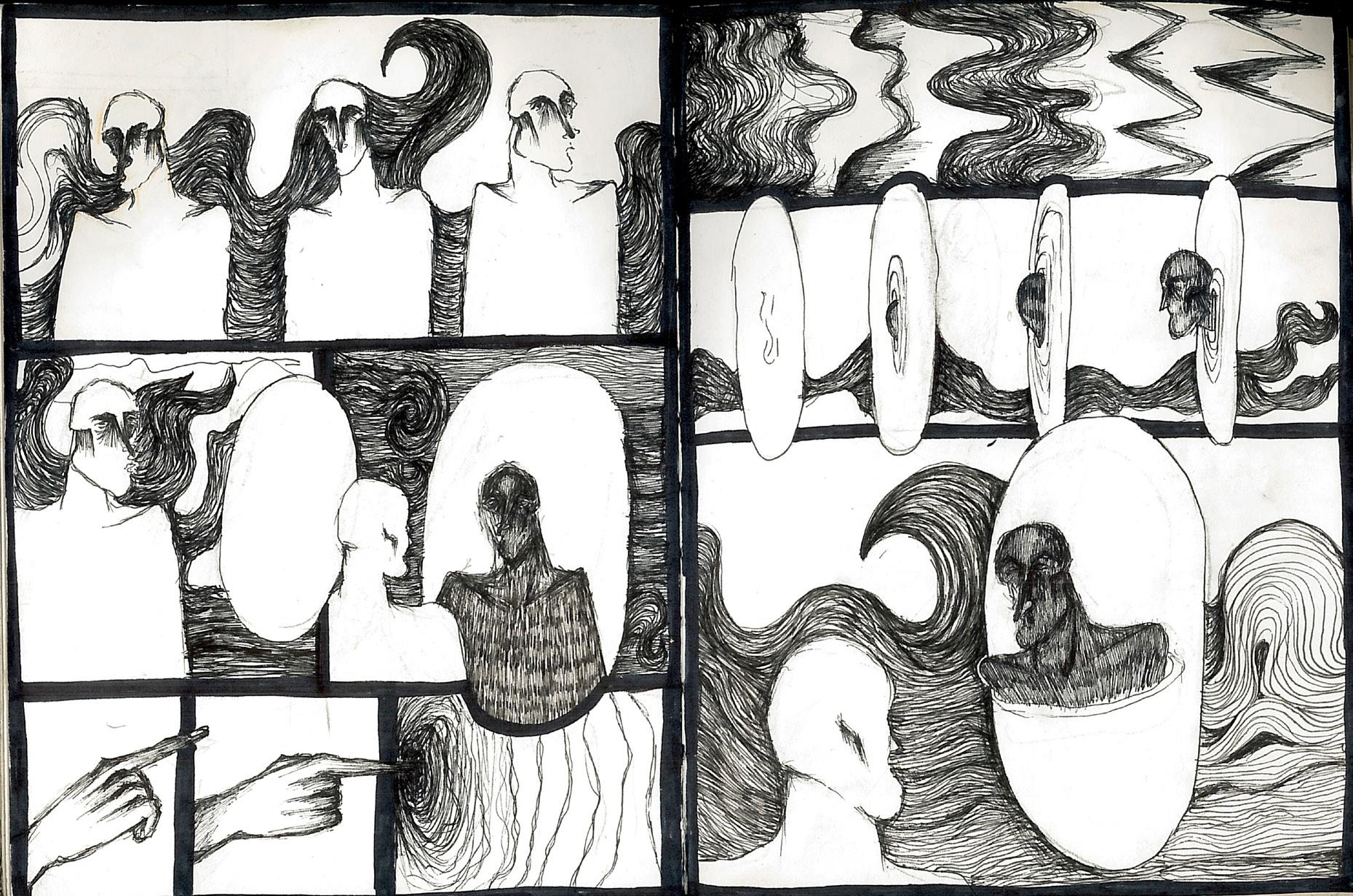

1 “Diary of a War”, (2023-2024)
2 “Diary of a War”, (2023-2024)


SAMIR HARB
Born: 1981, Ramallah Resident: Berlin
Samir Harb is an architect and illustrator based in Berlin. He graduated from Birzeit University’s Faculty of Engineering in 2006 and earned a Master’s in Art & Architectural Research from Goldsmiths College in 2011. Since 2006, he has worked in architecture and urban planning in the West Bank. Harb’s illustrations and comics explore the connection between architectural transformations in Ramallah and the city’s political evolution.
Work: Fairy tales of other cities
Colonial seeds
Sheikh Jarrah
Samir Harb
1 “Colonial Seeds,”
The Funambulist, issue 6, p.5 (2016)
2 “Colonial Seeds,”
The Funambulist, issue 6, p.1 (2016)




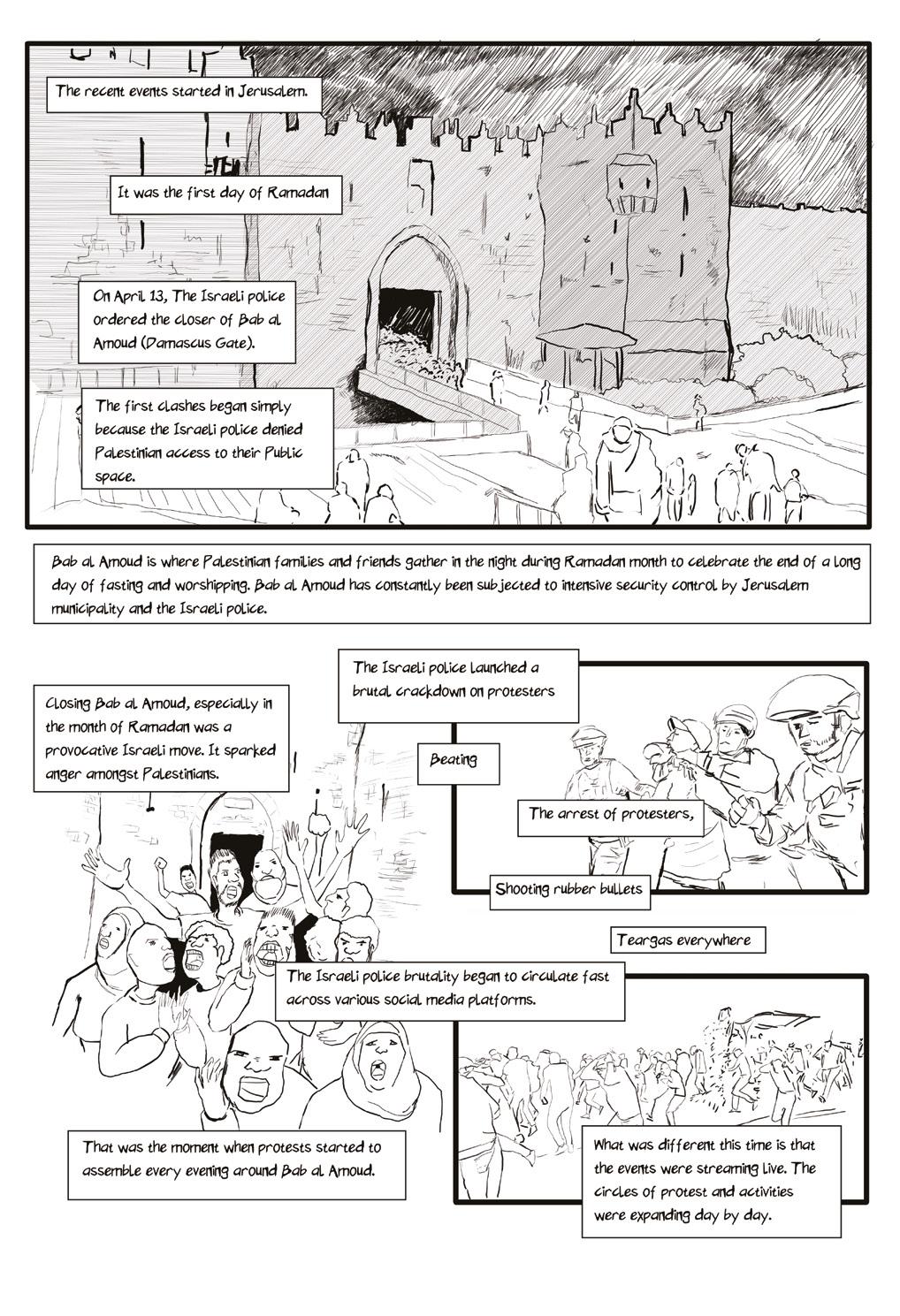

ENTER

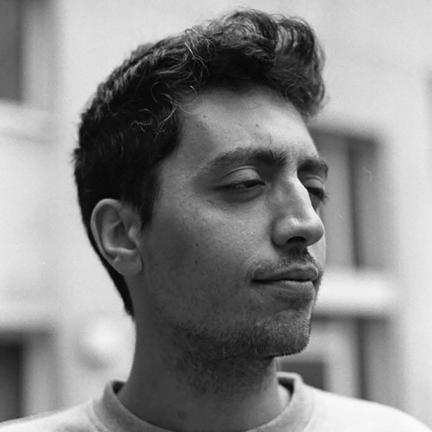
Born: 1996, Gaza
Resident: Paris, France
Khaled Jarada, is a Palestinian visual artist and children’s book illustrator based in France. He holds a bachelor’s degree in multimedia and has participated in numerous local and international art exhibitions. In 2021, he participated in an art residency at the Royal Spanish Academy in Rome. Khaled was also resident artist at the Shbabek Art Center in Gaza in 2020, and received a grant from the French Institute for the Pandemic Diaries project the same year. His work focuses on expressionism, examining figures, the human body, psychological effects, and contemporary issues.
Work:
Room in Reims (2023) Out of Border (2020)
Le collecteur de rêves (2020)
Dice Collector (2020)
Stars (2021)
Khaled Jarada
1 “Le collecteur de rêves”, p.5 (comics) (2021)



1 “Le collecteur de rêves”, p.1 (comics) (2021)
2 “Le collecteur de rêves”, p.2 (comics) (2021)


2


1
1
2



3 2
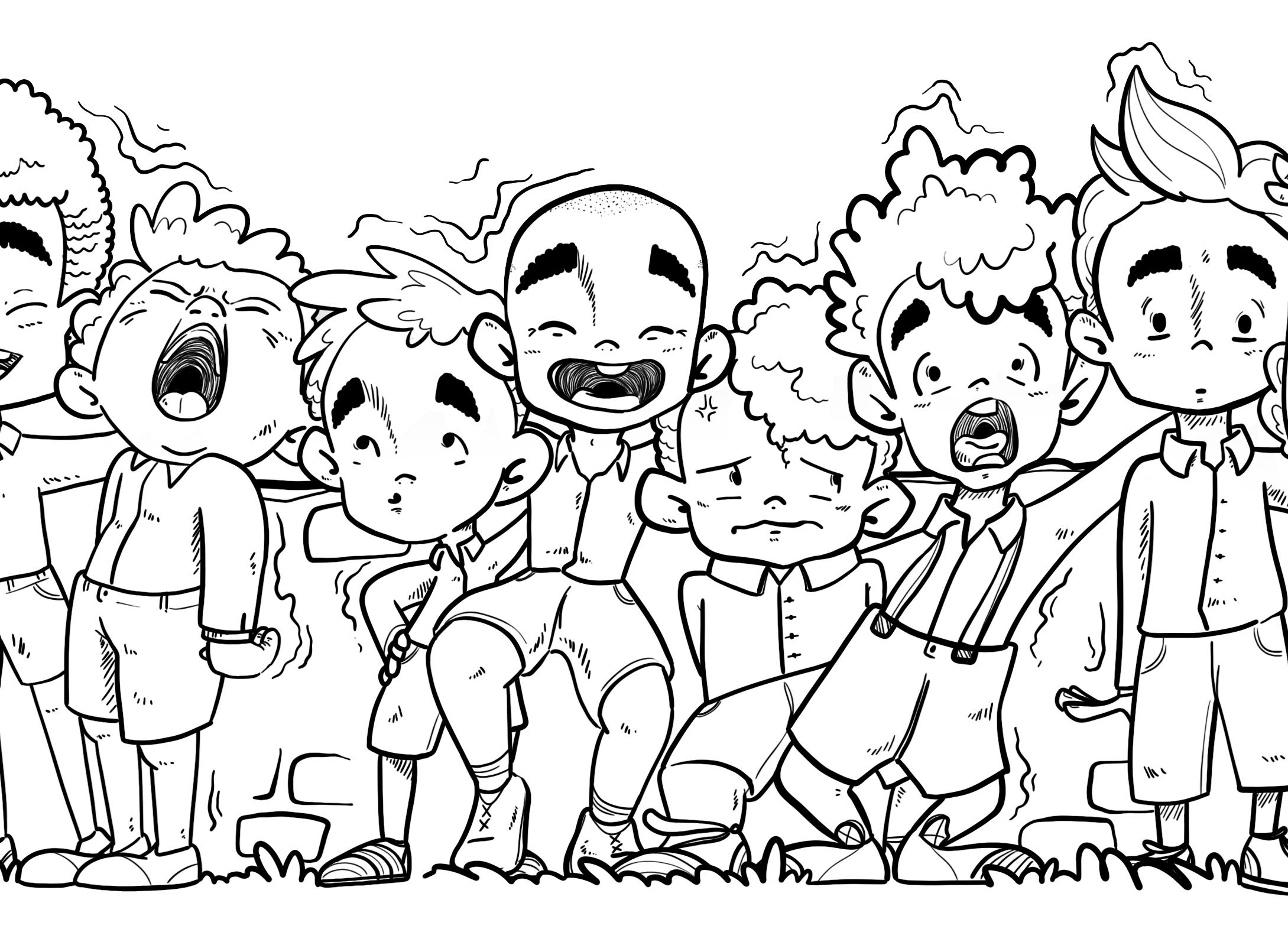

MICHAEL JABAREEN
Michael Jabareen, is an award-winning Palestinian visual artist and performer based in Jenin, Palestine, and now in Berlin, Germany. He earned a bachelor’s degree in architectural engineering from Birzeit University (2016) and a master’s degree in visual and experience design from the University of Europe for Applied Sciences in Berlin (2021). His work focuses on social and political justice, blending visual and performative arts. Michael’s diverse methods include illustration, comics, graphic design, animation, theatre, and spatial design. His notable exhibitions include Liberation Street, Building No.48 (Ramallah, 2023), and Cold Water (Jerusalem, 2023). He has won several awards, including the 6th Mahmoud Kahil Award (2021) and the Bertha Artivism Award (2024).
Work:
TimeKeeper (2021)
The Bounties of My Homeland, Palestine (2022)
Every push comes with a piece of dried fig (2023)
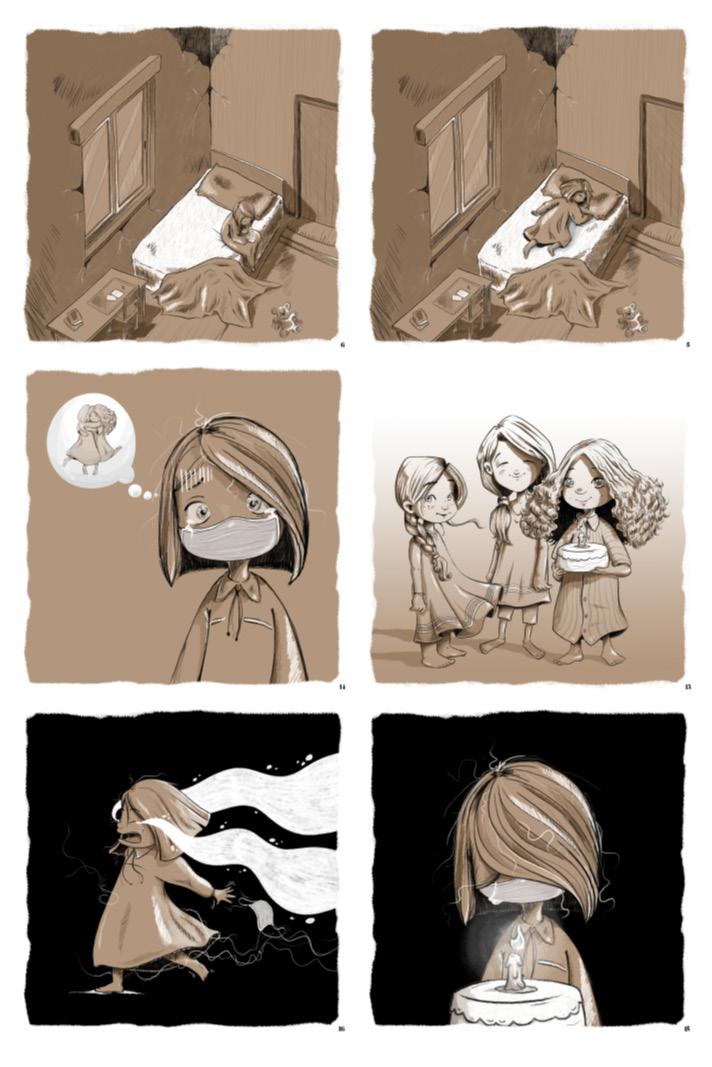
Michael Jabareen
1&2 “The Cake” from “The TimeKeeper”, compilation#1 (2021)

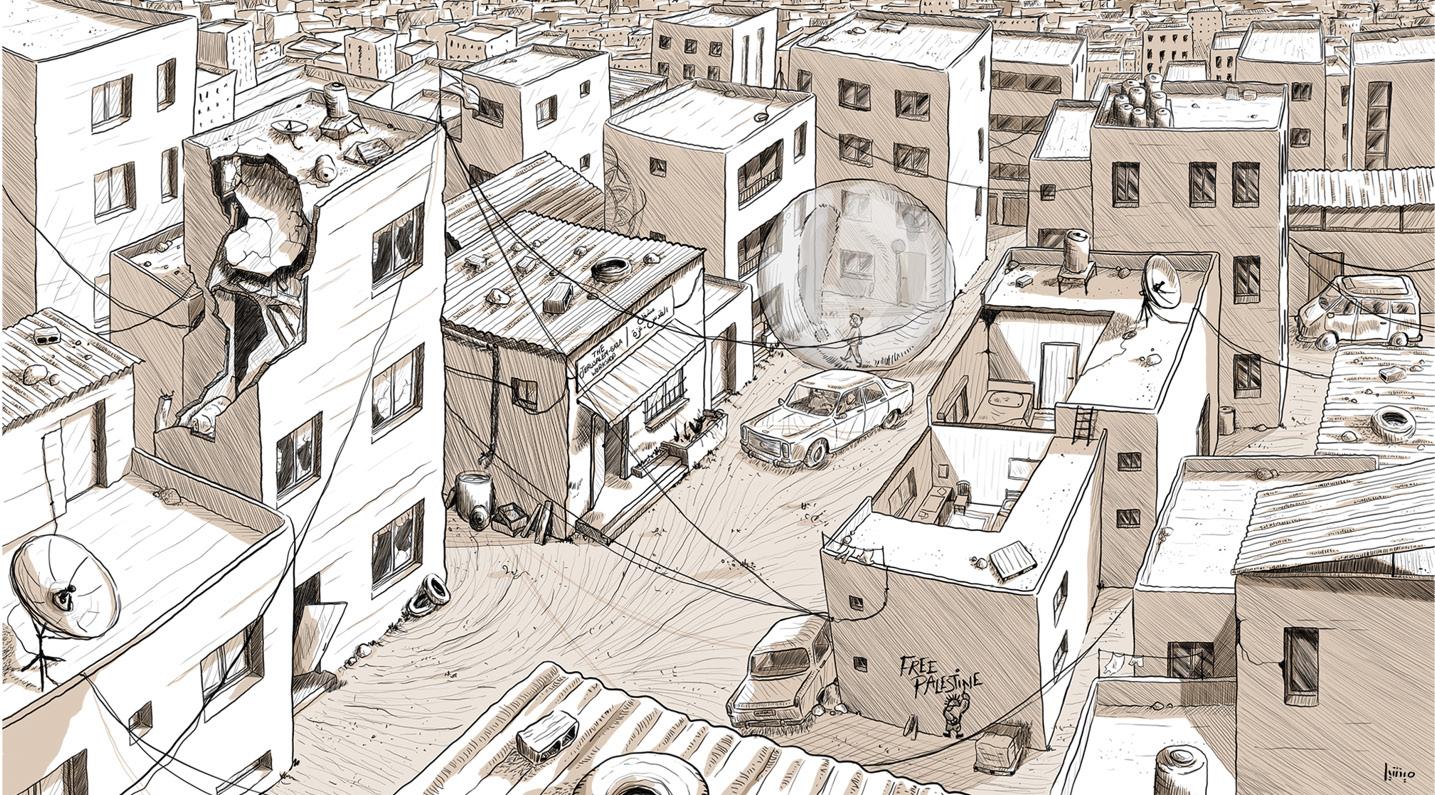

1 “The TimeKeeper”, cover compilation#1 (2021)
2 “every push comes with a piece of dried fig”, (2023)
3 “The Wall” from The “TimeKeeper”, compilation#1 (2021)

Born: 1996, Ramallah
Resident: Prague

Fouad began his art path at a very young age, and nished eight levels at the Institute of Fine Art in Ramallah called the "Young Artists Forum," in seven years. He participated in and volunteered for a variety of organizations and young art groups that are interested in social creative activities.
Yamani collaborated on a number of exhibitions across the country, the most notable of which were the “Ismail Shammout” exhibition inBethlehem in 2018 and the ZawyehGallery exhibition "Take "ليحتس ا اهيأ
Fouad has also taken a part in shows at the Arab international level, such as the Arab Forum for Visual Artists exhibition in Cairo and TangiersKingdom of Morocco in 2017 Festival in Amman and Cairo in 2019.
In Europe, he took part in a exhibition in Bratislava dedicated to illustration art, Slovakia, in 2015. He has won a number of international honors in the eld of modern art, the most prestigious of which was the award granted by the World Health Organization in 2014, for which he came in the rst place. In collaboration with towns and a group of artists, he has launched a series of creative projects as well as developed rich mural work in a number of Palestinian cities
Fuad Alyamani, is based in Prague and holds degrees in contemporary visual arts from Birzeit University in Palestine and Konstfack University in Sweden. His artistic journey began early through the Young Artists Forum in Ramallah. Fuad has exhibited his versatile skills in visual arts, design, and mural works internationally in cities such as Cairo, Tangiers, Amman, Naples, Dubai, Prague, Washington, Bratislava, and Madrid. Proficient in acrylic, oil, and pencil, as well as photography, he also excels in digital art, illustration, and 2D animation. His work has garnered recognition, notably winning the 2014 World Health Organization award.
Work:
The House (2022)
Deir Yaseen (2024)
Fuad Alyamani
1&2 “The House” (“Tahreer Str. Bldg. 48” exhibition) (2023)


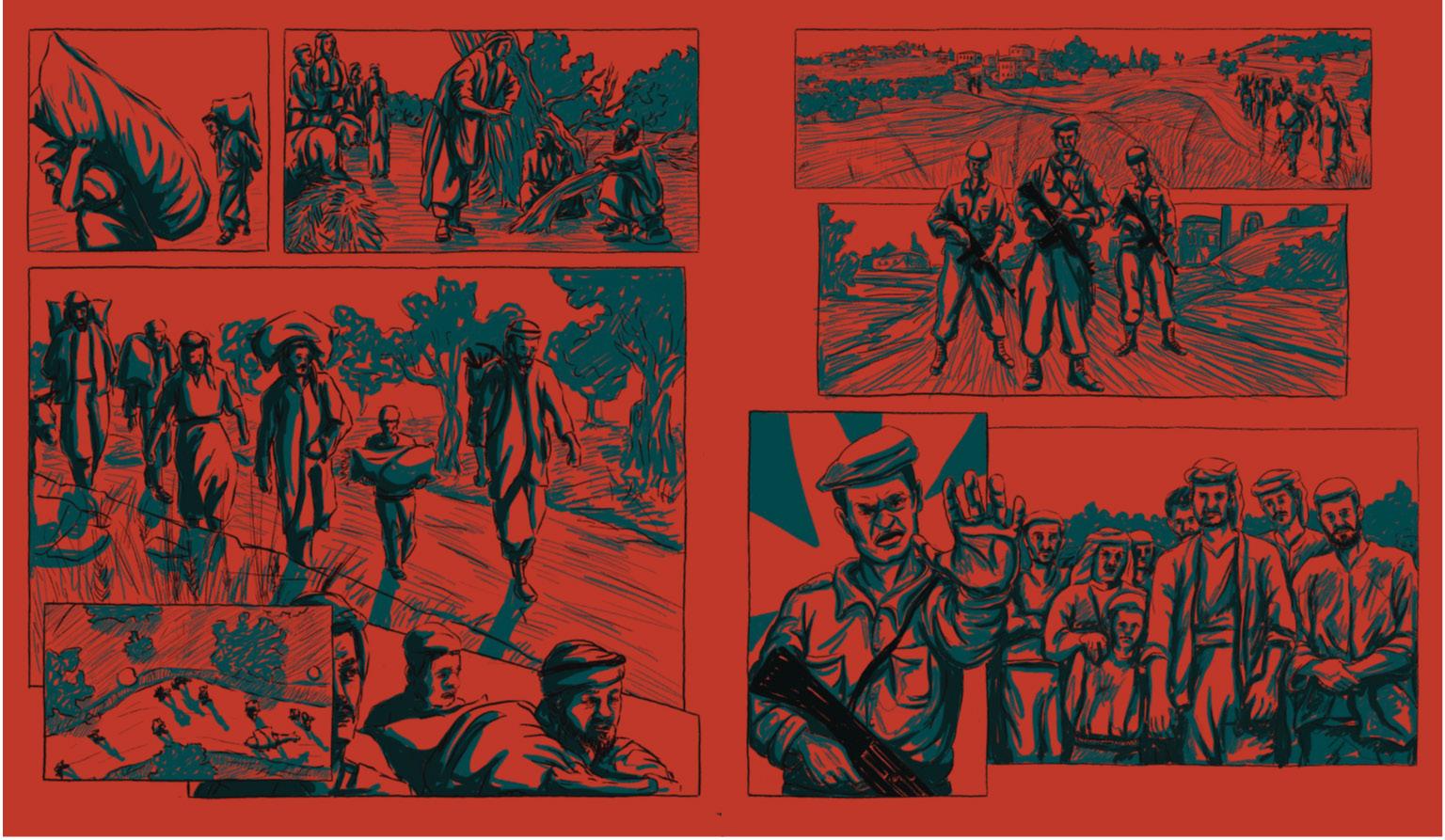


SHAHD AL-SHAMALI
Born: 1997, UEA/from Gaza Resident: Berlin
Shahd Al-Shamali, was born to a Palestinian refugee family from Jaffa, and is a Palestinian visual artist from Gaza City, known for her contemporary style that merges realism and expressionism. She has exhibited locally and internationally and has created several comic stories. She holds a law and human rights degree from Al-Azhar University, Gaza. After surviving the ongoing Gaza war, she evacuated to Egypt in February 2024. Shahd has worked with international human rights organizations and cultural initiatives and is fluent in Arabic, English, and French. Currently based in Cairo, she continues her work as a digital artist.
Work:
Hind Rajab (2024)
Shahd Al-Shamali
1 “Hind Rajab,” p.1 (2024)
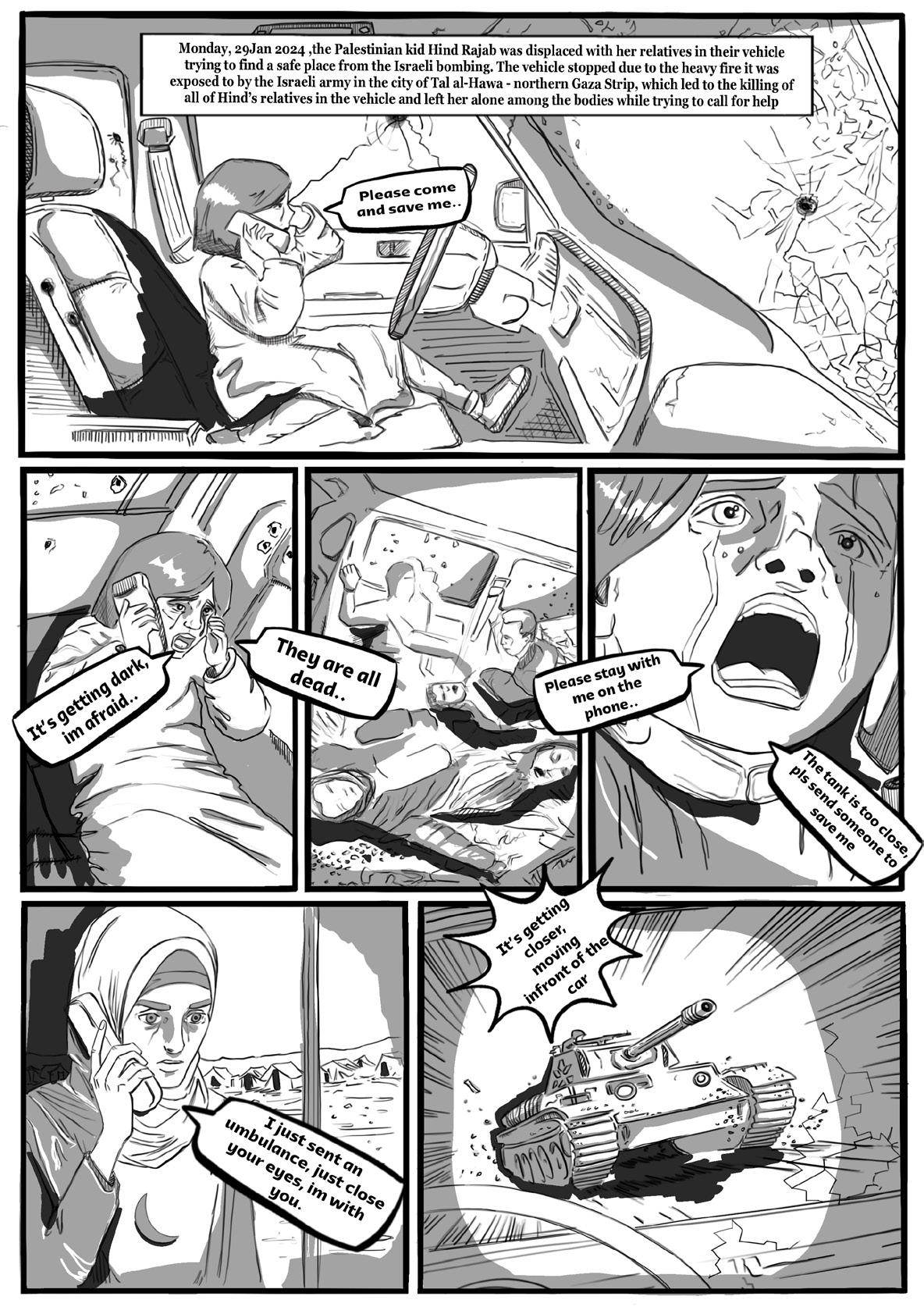

Palestinian Comics Revealed
Exhibition and online catalogue has been created for the 12th Lakes International Comic Art Festival in 2024 and supported by the British Council.
Curators – George Khoury (jad) in collaboration with Mohammad Sabaaneh
Catalogue Author – George Khoury (jad)
Project Leader – Julie Tait (LICAF)
Project Coordinator – Richard Foster (LICAF)
Catalogue Design – Curious Road
A Lakes International Comic Art Festival exhibition supported by the British Council